
Putting drinking water first means using laws and regulations to prevent as many negative effects to our water as possible and making the right decisions in our own homes and backyards.
Our goal is to fight for and win the right for everyone to have access to safe and affordable drinking water. To accomplish this lofty goal people need to be involved in the water planning process. To that end, we have put together a toolkit for people to use to learn more about their drinking water and how they can get involved to protect our water.
Polls show that people, regardless of party or political persuasion, consider drinking water the most important public health and environmental issue. However, policies at the local, state, and federal level do not always reflect this. “Act like drinking water matters.” This approach has always been at the core of Clean Water Action’s programs.
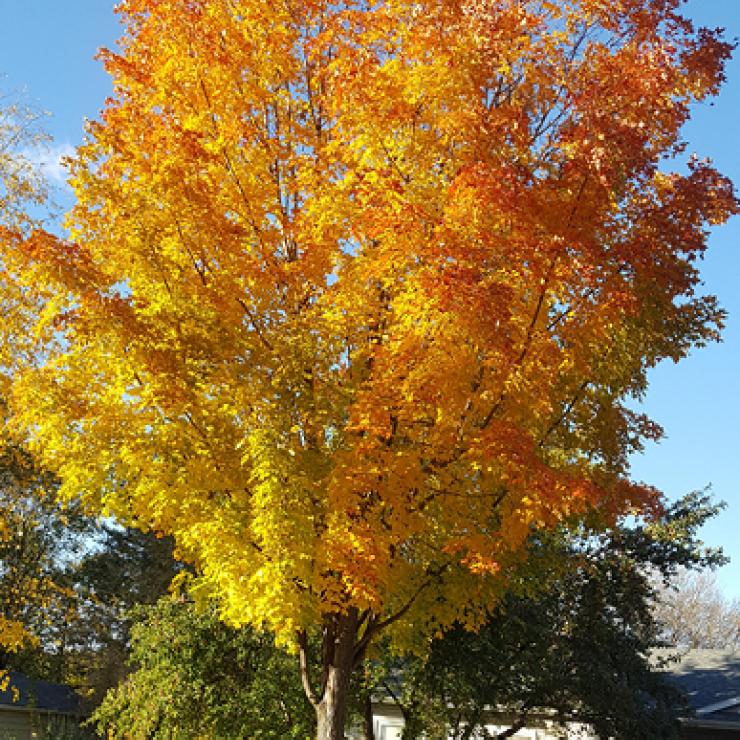
Learn more
- Healthy Lawns
- Climate Change is Water Change
- Consumer Confidence Reports
- Source Water Protection
- Water Conservation
- Lead in Drinking Water
- Nutrient Pollution
Human activity causes most water pollution. Turning on the faucet, flushing the toilet, growing food, turning on the lights, driving to work — all are activities that affect our water.
Government planning, management, and decision-making should limit risks to our water and drinking water sources. However, that is not often the case. Instead, contamination and destruction of our drinking water sources happens as a result of these decisions. Communities deal with the consequences; taxpayers foot the bill to clean up the mess.
Putting drinking water first means using laws and regulations to prevent as many negative effects to our water as possible and making the right decisions in our own homes and backyards. This is the efficient and cost-effective approach. Consumers, taxpayers, and water systems all save money; have cleaner water to drink and recreate on, and less risks to our health.
The Clean Water Act, the Safe Drinking Water Act and other landmark laws passed in the 1970’s with Clean Water Action’s help all have the potential to put drinking water first. Unfortunately, these laws do not cover all activities that threaten drinking water sources.
Most people would agree that nothing is more important than safe and affordable drinking water. Activities that threaten drinking water should be subject to those water and health protection laws all the time, and we should not exempt certain industries and not others. That is what it means to act like drinking water matters and that what it means to be Putting Drinking Water First.
Below are some resources for you to help Put Drinking Waer First in your home or community. There are full-length articles to learn about ways you can get engaged or help keep our drinking water sources clean here in Minnesota. We also have factsheets that you can download and print off to share with neighbors, family, and friends.
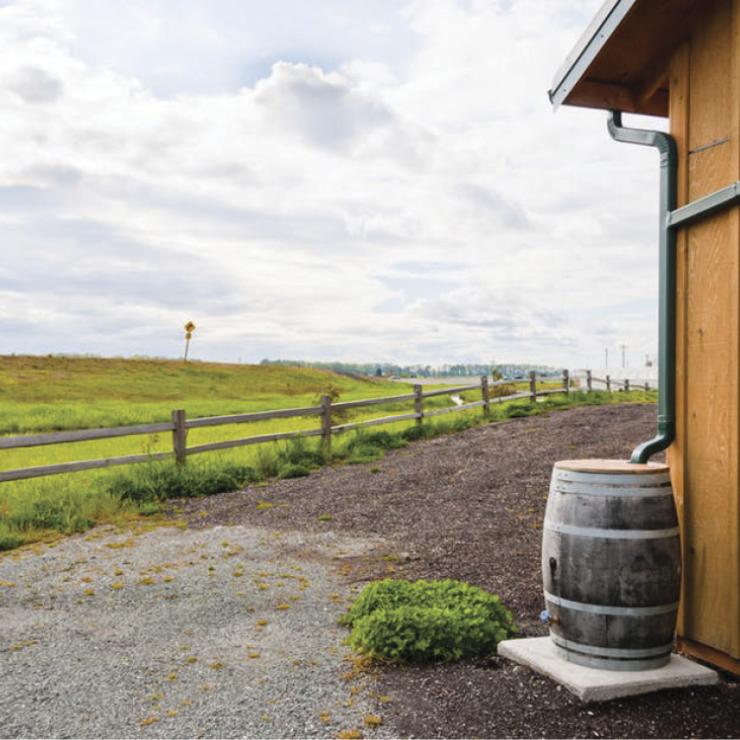
Guide to Healthy Lawns and Gardens for Clean Water
In pursuit of creating a beautiful lawn and garden, many people unknowingly contaminate nearby lakes, rivers, and streams with fertilizers, herbicides and pesticides.
How Will Global Warming and Climate Change Affect Our Drinking Water
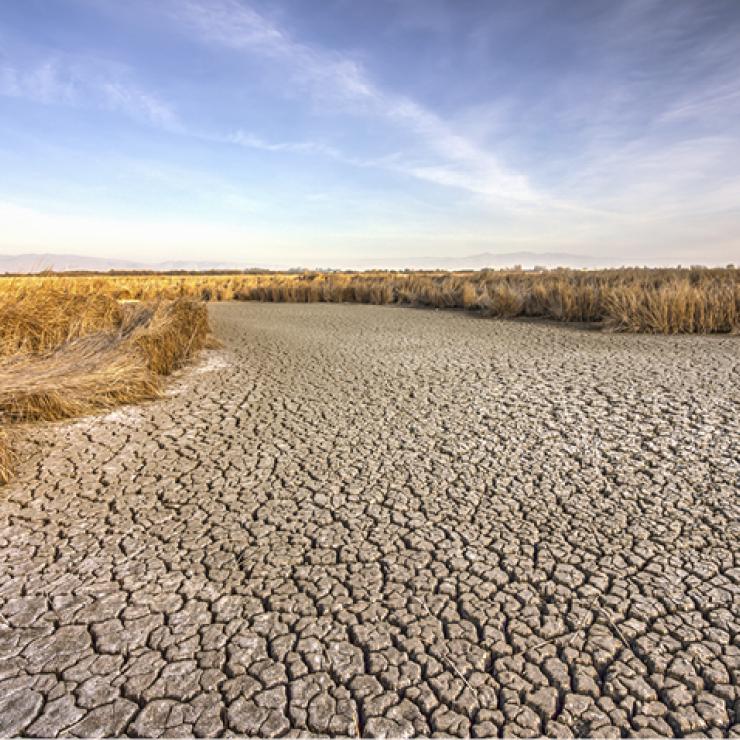
Global warming and a changing climate will continue to have disruptive and unpredictable effects on both our drinking water sources and communities. Some places will experience increased frequency and intensity of rain, floods, and sewer overflows. Other areas will experience frequent droughts.
Clean Water Action’s Guide to Getting Engaged in the Source Water Protection Process in Your Community
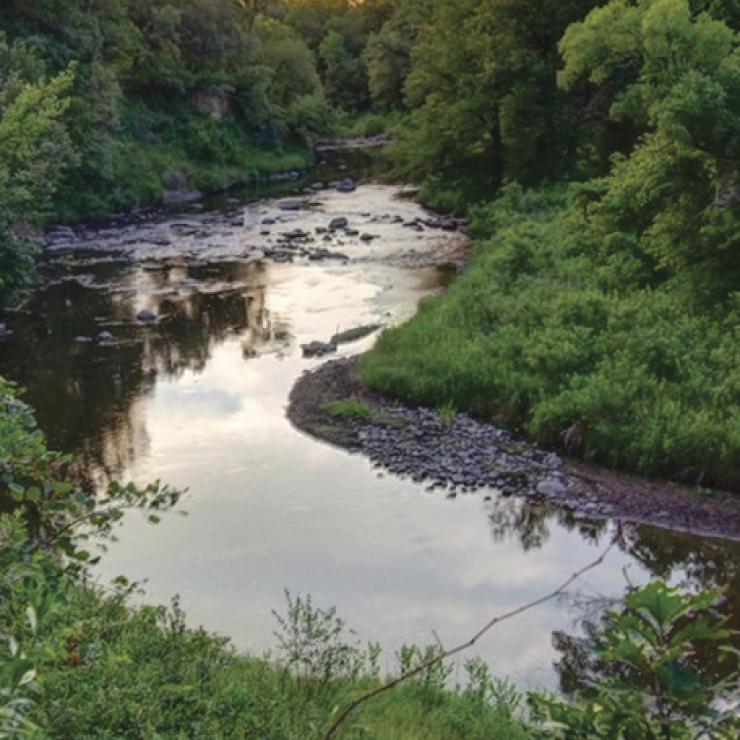
Clean Water Action believes everyone has a right to safe and affordable drinking water. Recent disruptions of drinking water service and contamination of our drinking water sources have drawn attention to the importance of source water protection. The Safe Drinking Water Act (SDWA) mandates.
Clean Water Action and Clean Water Fund’s Guide to Understanding Your Water Utility’s Consumer Confidence Report
Clean Water Action believes everyone has a right to safe and affordable drinking water. Unfortunately, our drinking water sources are rarely pristine and almost all face contamination from different pollution sources. Our drinking water comes from rivers, lakes, shallow and deep-water aquifers. In Minnesota, about 75% of people get their drinking water from groundwater. Are there contaminants in your drinking water? What are their levels, and should you be concerned?
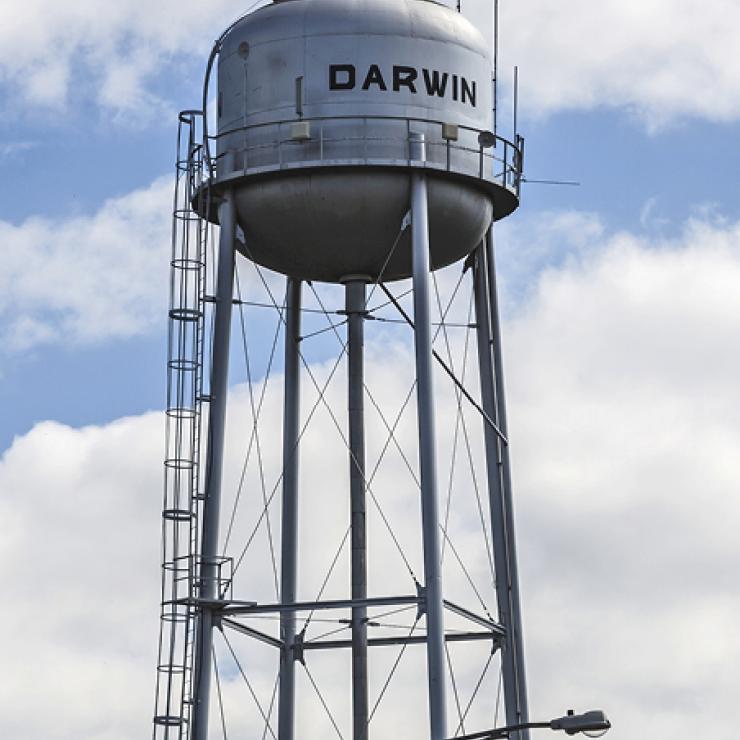
You can save water, energy, and money by making small, but meaningful, changes to things you do every day.
Lead is a highly poisonous metal and can affect almost every organ in the body and the nervous system. People can be exposed to lead through inhalation, ingestion and to a lesser extent, dermal contact. The most common source of lead exposure is ingestion of old lead paint. Exposure to lead from drinking water is less common yet, as demonstrated in Flint, MI, lead in water can have serious consequences.
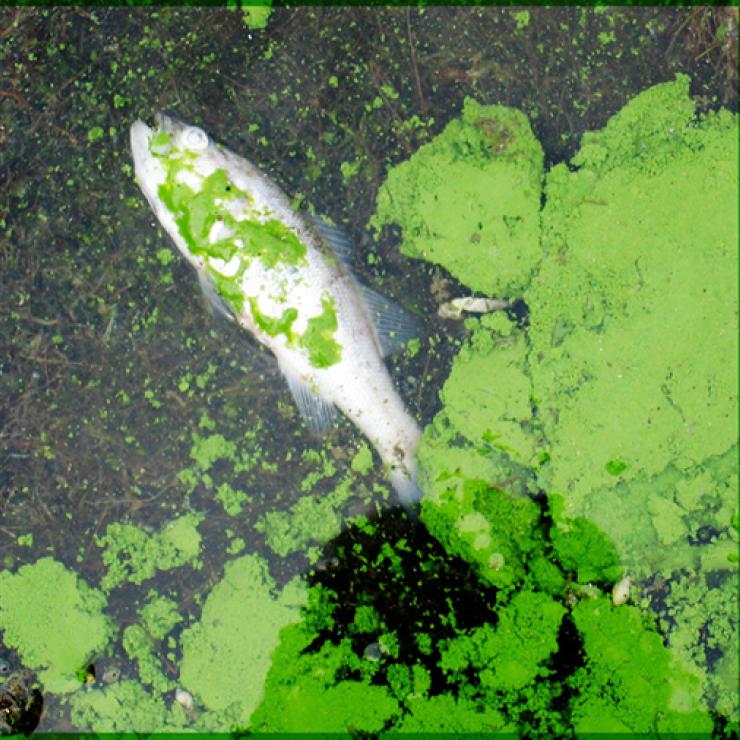
Putting Drinking Water First to Address Nutrient Pollution
Since the passage of the Clean Water Act in 1972 the United States has made great progress in cleaning up industrial chemicals and sewage pollution, but has failed to significantly reduce run-off of nutrient pollution into our nation’s rivers, lakes, and bays.